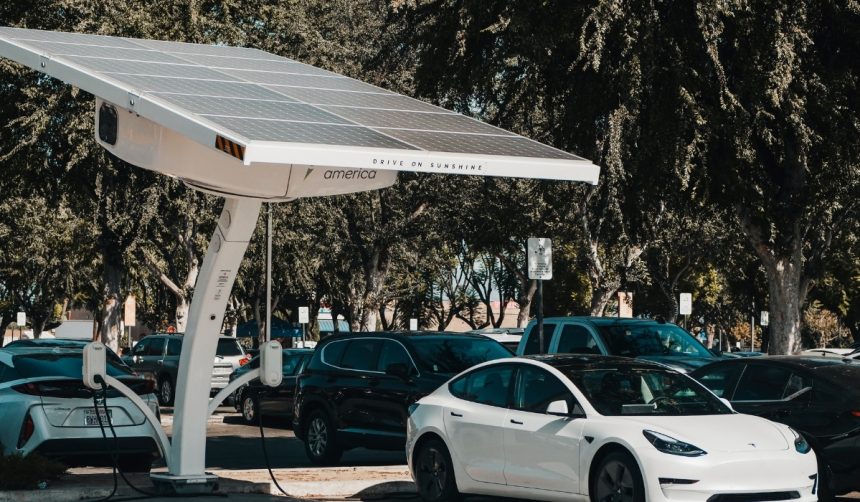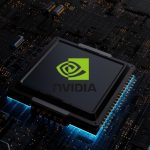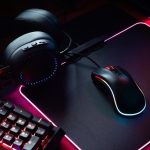Rivian is taking significant steps to improve the charging experience of its upcoming R2 five-seater SUV by relocating the charging port to the rear driver-side, making it more compatible with Tesla‘s Supercharger network. The decision follows user feedback highlighting challenges faced by non-Tesla electric vehicle drivers when attempting to use Tesla Superchargers. By adopting this new charging port location, Rivian aims to provide a seamless charging experience for its users.
Rivian’s move to adopt Tesla’s North American Charging Standard (NACS) last year laid the foundation for this compatibility enhancement. Earlier this year, Rivian vehicles gained access to the Tesla Supercharger Network, but the varying port locations on different brands’ electric vehicles have led to difficulties in connecting to the chargers, especially given Tesla’s specific port placement on the rear driver-side.
Charging Port Relocation
Rivian confirmed at its Space in Pasadena that the R2’s charging port will be situated on the driver’s rear side. This adjustment aims to resolve the issue of non-standardized port locations that many non-Tesla EV drivers face when using Tesla Superchargers. The move is expected to streamline the charging process significantly for Rivian owners.
“At the Rivian Space in Pasadena (where the R2 / R3X is currently being shown) one of the Vice Presidents that was there confirmed that in the production R2 they are moving the charge port to the driver’s rear. Great news for usability with the current Tesla superchargers.”
Industry Implications
Tesla has started lengthening cables at some Supercharger stalls to accommodate various EV models, but a standardized port location would alleviate the need for such adjustments. Rivian’s decision to place the charging port on the rear driver-side could set a new industry trend, encouraging other automakers to follow suit for better interoperability with Tesla’s extensive charging network.
Rivian’s commitment to improving usability through hardware adjustments reflects a growing awareness of user experience in the EV market. Historically, other brands including Ford, with its F-150 Lightning, have encountered similar issues. The placement of charging ports has proven crucial for efficient use of shared infrastructure like Tesla’s Superchargers.
The strategic relocation of the charging port on the Rivian R2 SUV showcases the company’s focus on enhancing user convenience. As more automakers consider similar adjustments, the electric vehicle community could see more standardized port locations, leading to a more cohesive and user-friendly charging network across brands. This development could make EV charging a more unified and less challenging experience for all drivers.
- Rivian relocates R2 SUV charging port for better Tesla compatibility.
- New port placement aligns with Tesla Supercharger’s rear driver-side location.
- Move addresses non-standardized port challenges faced by other EVs.










